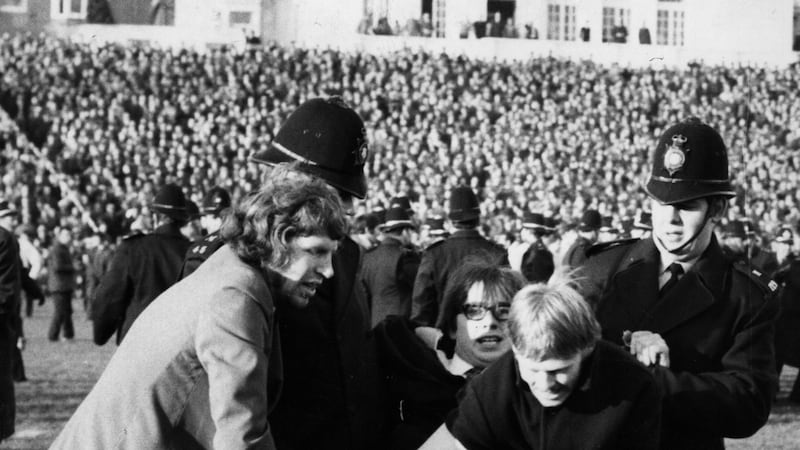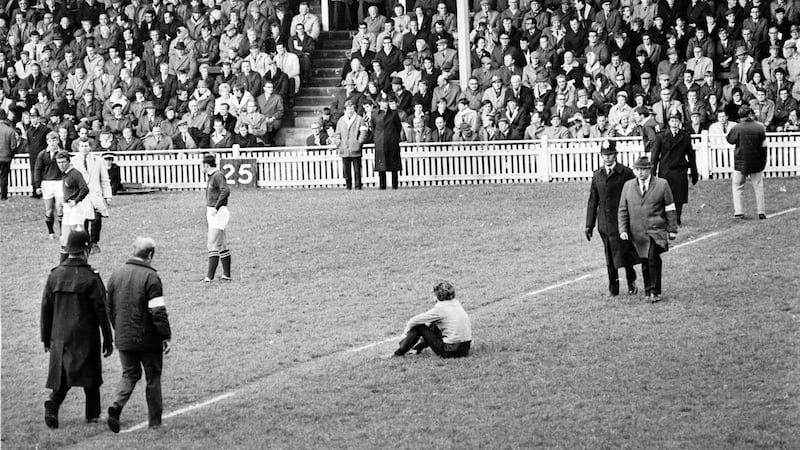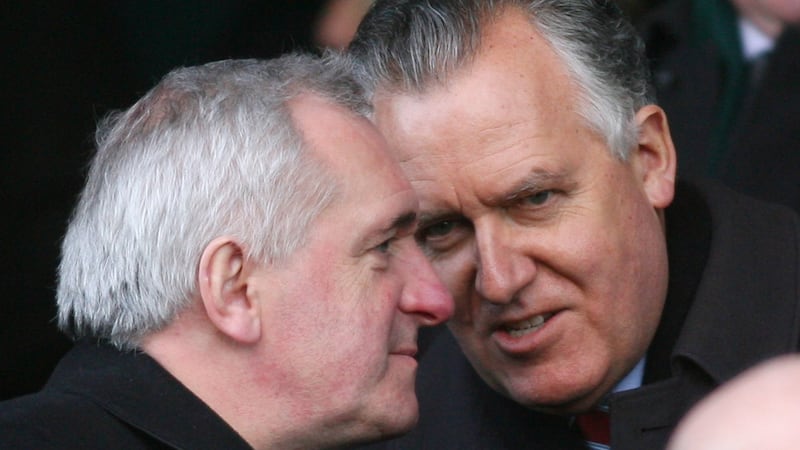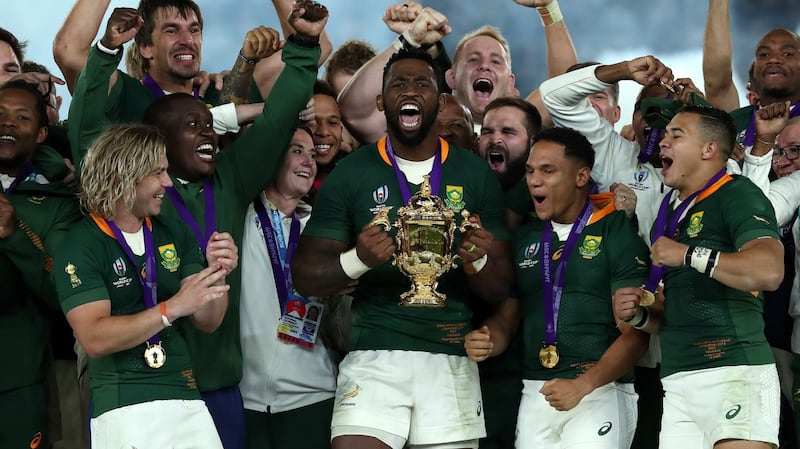At 22-years-old they tried to blow him up with a letter bomb. It failed to detonate in his London home, the crude wooden fixture and the exposed wires just not doing their job. Young Peter Hain was getting under their skin.
They, South Africa’s security services and servants of the apartheid regime, who for some years had watched the teenager grow from focused organiser into fearless disrupter and tormentor of the all-white touring teams apartheid was selling to the world as normal, had fallen into their nefarious ways.
Detested by the ruling white, especially during the Stop The Seventy Tour cricket campaign, the proposed tour to England in 1970, Hain was among the first of those to expose the ugly lie of the regime. The South African view was that institutional racism was as natural as a lineout or cover drive. So at 22 “they” tried to kill him.
“I just saw it as another attack,” says Hain. “I was determined to ignore it and not be deflected. If I’d been cowed that would have been a victory to the apartheid forces. I knew deep down there was nothing I could do. If the apartheid state had wanted to kill me as it killed lots of other people with letter bombs, they had the resources to do it.
“I didn’t have any security around me at all. I think I just had a passionate belief in what we were standing for, in what I was doing. I wouldn’t be deflected by threats or attacks as that would hand victory to our bitter opponents.

“Even more recently, when I have been battling to expose corruption in South Africa, I’ve had various threats there. When I served in Northern Ireland for those two years, there were always threats. You learn to live with it.”
Now almost 72-years-old, 50 years have passed since the former Labour MP, Northern Ireland secretary under Gordon Brown and current member of the House of Lords began to change the world from his bedroom. It’s been quite a shift. Teen firebrand to Lord Hain.
“Yeah, sometimes friends do call me that. I always discourage it though,” he says. “I prefer to be just called Peter.”
Back then the 1970s seemed like a decade-long conga reel of evictions and arrest. There’s Hain at Twickenham in 1969, with the mien of a man who has been carried by law enforcement more than once, after protesting against the Springbok rugby team.
There he is in shades invading a Bristol tennis event, just two constables to see him off the premises, a resigned look on his face. That’s Hain again the following year with the loudhailer speaking at a protest. There is Hain once more being roughed out of the RFU headquarters in Twickenham after a rooftop protest.
Barbed wire
That summer of 1970 barbed wire would go up around Lord's Cricket Ground and Hain, exposing South Africa’s pain to a seething British and Irish elite, did help change the world. But not everyone listened. In Dublin the IRFU were tone deaf.
From the early 1960s to the mid-1980s, they maintained and encouraged sporting contacts with all-white South African teams and were central to the Springbok normalisation propaganda. The same winter tour of 1969-70 that hit Britain spun over to Ireland where the all-white team visited Leinster House at the invitation of Fine Gael TD Hugh Byrne, sparking off clashes as they left.
The match on January 10th in Lansdowne Road also drew protesters from the Irish Anti Apartheid Movement and again there was disruption, the IRFU falling back on the novel idea that they could push for change.
“The progress made in anti-racist politics is massive compared with 50 years ago,” says Hain who, along with historian Andre Odendaal, last month published Pitch Battles – Sport, Racism and Resistance.
“Back then the leader in South African rugby [Dannie Craven] was able to say ‘over my dead body will there be a black Springbok’. Then Siya Kolisi led them to the World Cup in 2019. So the progress in South Africa and across the board has been huge.”

Kolisi is the current poster boy for black South African rugby and a symbol of transformation, his journey extraordinary, from abject poverty to world rugby pinnacle. Aged 16 and living in Port Elizabeth’s impoverished black township of Zwide, in a local shebeen he watched South Africa beat England 15-6 in the 2007 World cup final.
His mother, Phakama, was 16 when he was born and died when he was 15. So Kolisi and his siblings were raised by his struggling grandmother, Nolulamile.
Playing with a local rugby club, he was talent-spotted and plucked from poverty into a scholarship in the prestigious Grey High School and a world he’d never known. Affluent white. But it was the launchpad for his Springbok career.
“Kolisi is a good example, spotted and given an elite schooling, the kind I went to in Pretoria, known for producing white internationals,” says Hain. “It’s now got a strong complement of black kids in it. All of the black Springboks who shone in the World Cup final came through that route.
“It shows there is still a long way to go. But, on the other hand, how do you get into the Irish rugby team? It’s not a million miles away. Would a talented rugby player from working-class Dublin or West Belfast ever make it into the Irish team. Probably not.”
Important battle
But for attention and profile, the sequence of headline-grabbing protests against the cricket tour appalled middle England’s laced-up sensibilities. Hain demanded attention. It was one of the first times a largely disinterested white world turned towards the colour-coded supremacist ways of apartheid South Africa.
“Even at a time when Mandela was in prison, when the resistance had been smashed, it was very hard to win international anti-apartheid battles,” he says. “This was a really important battle to win to stop the 1970 cricket tour and to ensure there was never again a Springbok tour until after Mandela came out of prison and the transformation process had begun.
“White South Africans were rugby fanatics and still are. To be denied their rugby was a big blow to them. On the one hand, apartheid was seen as distasteful. On the other, South African teams were feted in Lansdowne Road, Murrayfield, Twickenham and Cardiff. Suddenly to be denied that was a big event for them.”
Amid the Hain turbulence, the 1970 cricket tour was cancelled by then Labour prime minister Harold Wilson and replaced by five games between England and a Rest of the World XI led by Garry Sobers. The victory earned the 20-year-old one of his most memorable headlines in The Guardian. ‘Hain stopped play’.
Branded as a long-haired, commie weirdo, none of which he was, almost the entire cricket and rugby establishment wanted to see Hain behind bars and there were at least two absurd efforts made to do that.
Unashamedly drawing on liberal instincts, Hain operated from his family home in Putney, south-west London, after his parents, who were members of South Africa’s anti-apartheid Liberal Party, had been harassed into leaving the country in 1966.

The rugby and cricket unions, desperate to hold on to their autonomy and tours despite the moral contradictions, pedalled the threadbare reasoning of sport and politics not mixing. Hain’s rebuttal was they were actually in agreement. The politics of division was the reason for all-white teams and the protests.
“To be frank, with the likes of Willie John McBride in that period it was a dialogue of the deaf,” says Hain. “Willie John was the Lions captain in 1974. There was no point in trying to explain our point of view to him. We were on a different planet as far as he was concerned.”
During those years both Craven and Ali Bacher, then a prominent figure in cricket and a South African international player, came to see Hain, travelling in from South Africa. Both were embedded in apartheid and the policies of Cecil John Rhodes with a shameless Craven empowered enough to state opinions that chill even today. The “over my dead body” remark, he said in 1969. But Hain actually warmed to Craven more than he did to Bacher.
“Rather to my surprise,” he says. “Bacher, being an English-speaking South African like I was and my parents were, I thought he would be more liberal. He was actually more hard-line and more antagonistic and aggressive. He spoke to me as though he was trying to knock me around, which was a waste of time.
Heroes and villains
“Craven wanted to talk about how change could happen and what we would accept. We would accept conditions to take apartheid out of sport entirely. He tried to persuade the government ministers when he got back home but he wasn’t able to. Ten years later he was one of the early people talking to Mandela’s ANC, which was a treasonable thing to do at that stage.
“That was very important. Mandela had come to accept the only way to have a peaceful and stable change was to negotiate. Negotiate his freedom and the end of apartheid. Part of that was to negotiate the end of apartheid in sport.”
Heroes and villains abound in that era and golfer Gary Player does not emerge blameless. In the 1960s and ’70s he was avidly pro-Apartheid.
“I am South African. And I must say now, and clearly, that I am of the South Africa of Verwoerd and apartheid,” he said in Grand Slam Golf, his first autobiography. In Pitch Battles, Hain and Odendaal describe Player’s view as “a virtual treatise on racist paternalism”.

These days Hain is still in crusading mode from his home near Neath in Wales but with less non-violent direct intervention. Admiring outspoken athletes like US footballer Megan Rapinoe and decrying the rise of the right and racism in Brexit UK and Trump’s America, 50 years ago Hain showed a similar fearlessness and how youthful energy and idealism can positively shape history.
Stopping the 1970 tour was the first major battle won, the beginning of a prolonged apartheid war of hearts and minds.
Pitch Battles – Sport Racism and Resistance by Peter Hain and André Odendaal (publisher Rowman & Littleeld)












